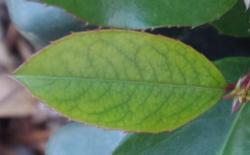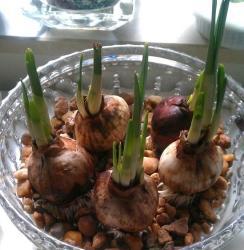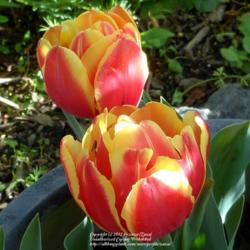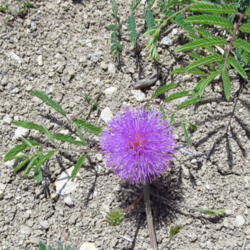I couldn't figure out why one of my plants looked parched/dry/thirsty even though I had watered the day before. Research tells me this plant is exhibiting a "nyctinastic" response to approaching night. The plant knew when it was day and when it was night, folded its leaves, and appeared to be napping. Wow, a nyctinastic response is fantastic. Do plants sleep? Yes, and they do a whole lot more. There are several types of nastic responses in the plant world.
Wikipedia says: "Nastic movements are non-directional responses to stimuli (e.g. temperature, humidity, light/irradiance)..."
There are different types of nastic movement. Let me see whether I can find some examples using photos from our database.
Epinasty: an example would be a Sunflower head, bending from the weight of the heavy seeds.
Hyponasty: Wikipedia says, "The hyponastic response is an upward bending of leaves or other plant parts, resulting from growth of the lower side. This can be observed in many terrestrial plants and is thought to be linked to the plant hormone ethylene." One example would be the type of plant that can survive periods of flooding.
Photonasty: Yahoo answers, "One-sided growth due to the action of light. The opening and closing of evening primrose flowers upon exposure to dark and light is one example." Just as the sun drops to the horizon, the flowers of Evening Primrose/Oenothera biennis respond, usually in the blink of an eye. They are having a photonastic response.
Another example is Mirabilis jalapa/Four o'Clock which opens at, well, four o'clock (or thereabouts).
Chemonasty: The plant will respond to chemical nutrients, whether from fertilizer that is added or by something in the soil. Here is a plant that needs iron; the leaf is showing signs of chlorosis. See how the veins are darker green and the rest of the leaf is light green? The plant is most likely deficient in iron.

Hydronasty: The plant responds to water. This is Wood-Sorrel/Oxalis triangularis, which looks like it may need some water. The same plant is also Nyctinastic as it will close its leaves at night.
Thermonasty: The plant responds to temperature. Crocuses and Tulips can tell when the spring temperatures are warm enough to begin growing.
Geonasty or Gravinasty: The plant responds to gravity. Roots grow downward; top growth grows upward. Hard to find just one photo for this. Roots know to grow downward while the upper part of the plant grows upward. Here is a detail of one of orchidgal's articles about forcing Paperwhites.
 https://garden.org/ideas/view/...
https://garden.org/ideas/view/...
Thigmonasty, Seismonasty, Haptonasty: Oh, this is easy. Think of the Tickle Me Plant/Mimosa pudica, which responds to contact.
Yahoo answers: "Touch-induced movements. Example: The leaves of the Mimosa plant respond to being touched, shaken, heated, or rapidly cooled. The speed of the responses depend on the magnitude of the stimuli. One of the more dramatic plant movements is the snapping shut of the leaf of a Venus Flytrap when it detects movement on its surface."
Another example would be the Morning Glory, which as a young plant sends out a shoot to "hunt" for something suitable on which it can twine and climb. The young shoot swings and sways and when the tip of this shoot comes into contact with a suitable support, it induces a thigmotropic response and the plant can begin to twine, curl, and climb. Here is a plant searching for something to twine around.
Nyctinasty: That was my plant! Technically, it's a weed to most folks, but it has medicinal qualities so I encourage it to grow. A Phyllanthus closing up its leaves for the night. The plant is responding to the changes in light and temperature that happen at night. Many legumes also exhibit this response, turning their leaves in response to day/night conditions.

There are other movements and reactions such as Tropism, Taxis, Photoperiodism, Kinesis and so many more, but those will have to be explained another day.
More information about the nyctinastic movement of plants is presented here:
http://www.virtualherbarium.or...





